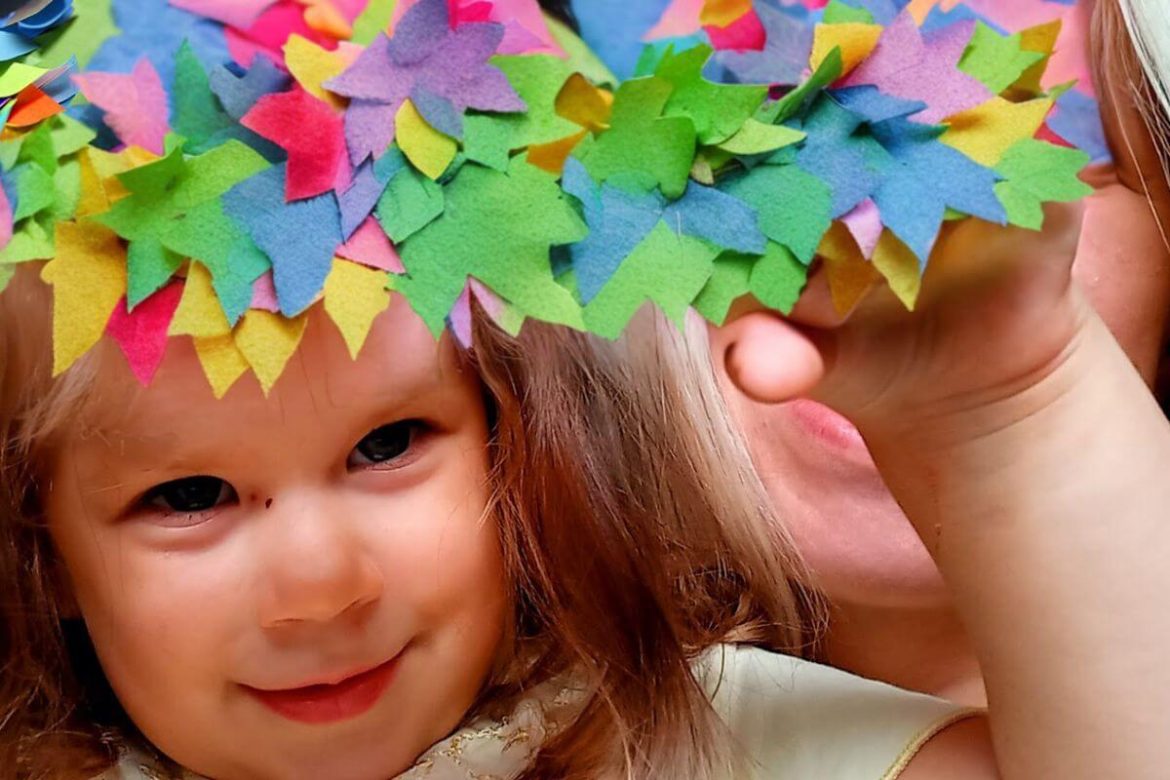Once we become parents we always worry and wonder about certain milestones that are generally expected at certain ages. One of them is recognizing and naming colors. Find out exactly at what age should kids know colors?
According to experts, a child’s ability to recognize colors typically starts to develop around 18 months of age. At this point, they begin to notice similarities and differences in shape, size, and texture. However, it may be a while longer before they are able to name colors. Most toddlers can name at least one color by the age of three years old, but there is no hard rule or set timeline for when this should happen.
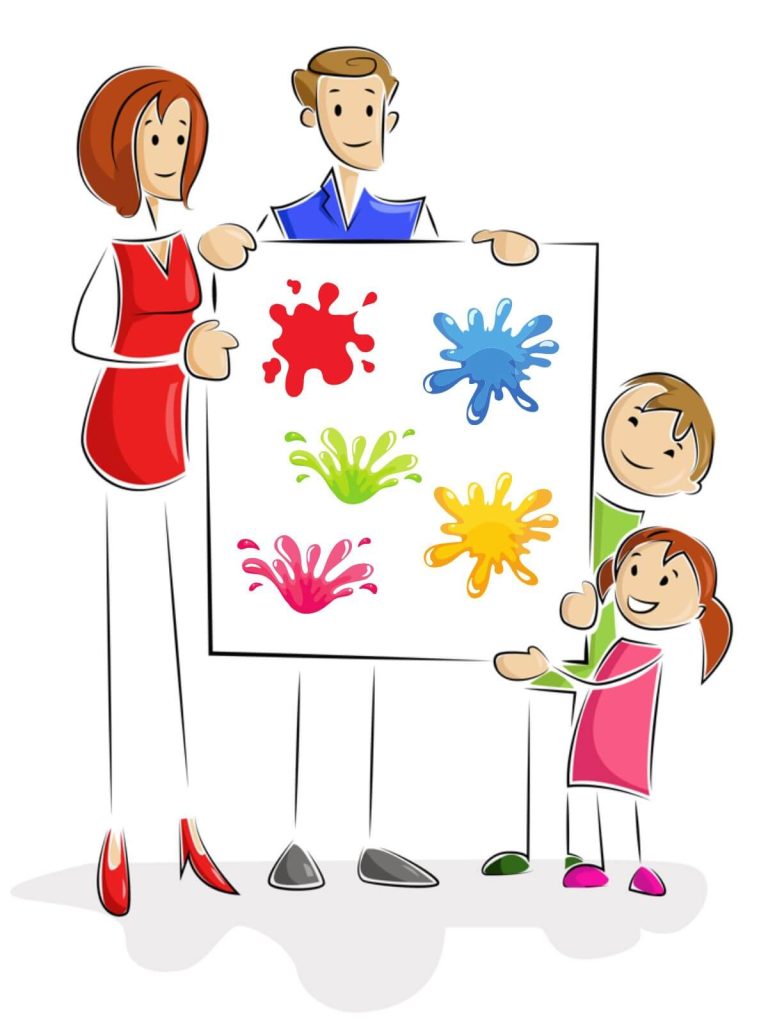
Remember that every child is unique and will develop at their own pace. While some children may start recognizing and naming colors earlier than others,
Don’t compare them to their peers or siblings. Instead, focus on providing a supportive and encouraging environment.
For example, my older daughter learned colors by the age of 18 months, while younger wasn’t still able to recognize some basic colors at the age of 3!
RELATED: WHEN SHOULD KIDS KNOW LETTERS?
When do Kids Learn Colors? Recognize Phase
After doing some research, I’ve learned that toddlers learn colors in a gradual process that starts at a young age.
Birth to 3 Months
- During the first few months of life, babies can only see high-contrast colors such as black, white, and gray. They can distinguish between light and dark, but they don’t yet have the ability to recognize colors.
3 to 6 Months
- By 5 months of age, it is believed that babies can see a complete spectrum of colors.
6 to 12 Months
- By the age of one, your baby’s color vision should be nearly comparable to an adult’s. A minor delay in this development is not a concern.
- They may start to become more interested in toys and objects that have contrasting colors.
- At this stage, it’s important to expose your toddler to a variety of colors to help them develop their recognition skills.
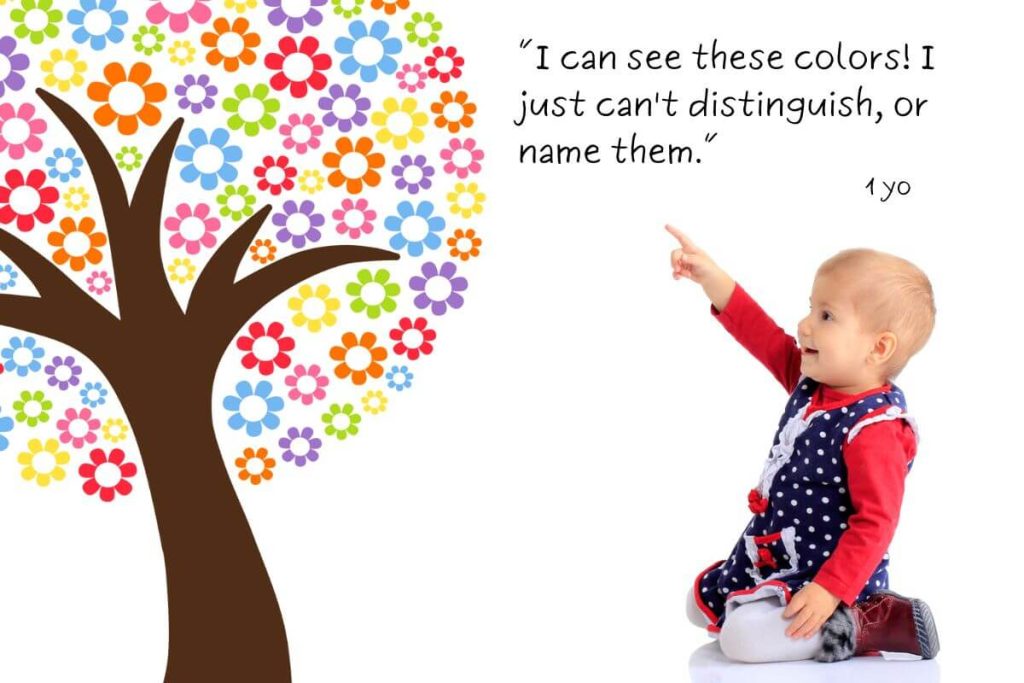
12 to 18 Months
- Around 12 months, babies can start to identify one or two colors. They may start by recognizing familiar colors such as red or blue.
- By 18 months, most children can recognize at least three different colors. At this stage, you can help your toddler by pointing out colors in their environment and encouraging them to name the colors of objects they see.
RELATED: DOES YOUR TODDLER HAVE A LOSS OF APPETITE PHASE?
When can kids name all the colors??
Next, it’s natural to wonder when your child should start naming colors. Here’s what I’ve learned about color naming ability in young children.
18 to 24 Months
- At this age, they start to notice similarities and differences in shape, size, and texture.
- They may begin to sort toys or blocks by certain colors, but this doesn’t necessarily mean they can name the colors.
2 to 3 Years
- By the age of 2, most children can name at least one color. They may start to say things like “blue car” or “red ball.”
- Between the ages of 2 and 3, their ability to recognize and name colors improves. They may start to learn the names of more colors, such as green, yellow, and purple.
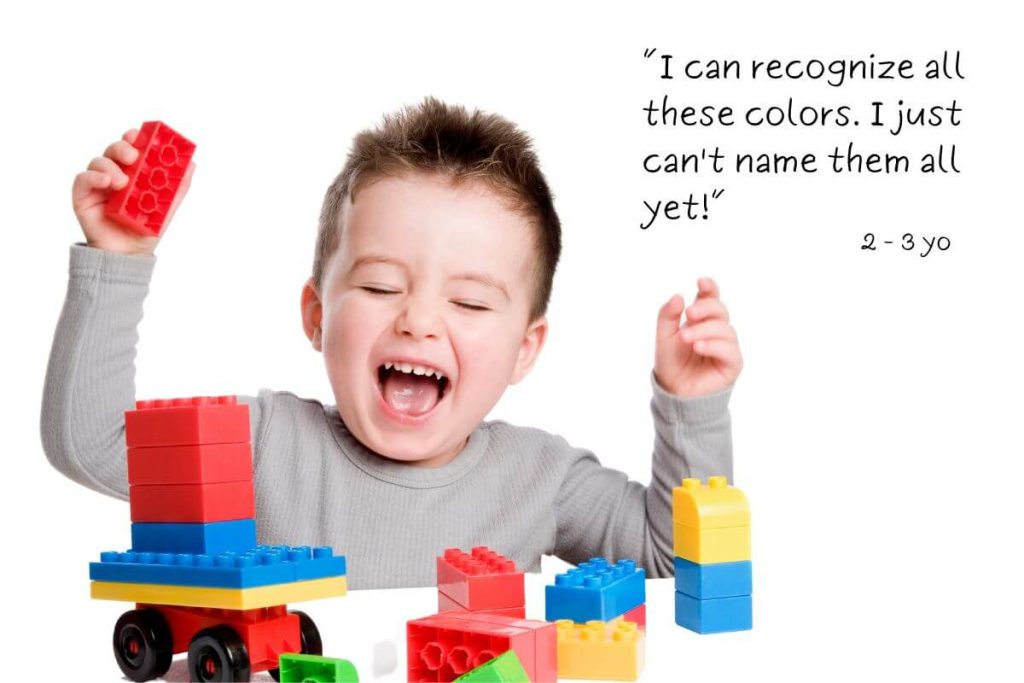
3 to 4 Years
- By the age of 3, most children can name several colors. They may also begin to understand the concept of primary colors and how they can be mixed to create secondary colors.
- By the age of 4, most children can name all the basic colors, such as red, blue, green, yellow, orange, and purple.
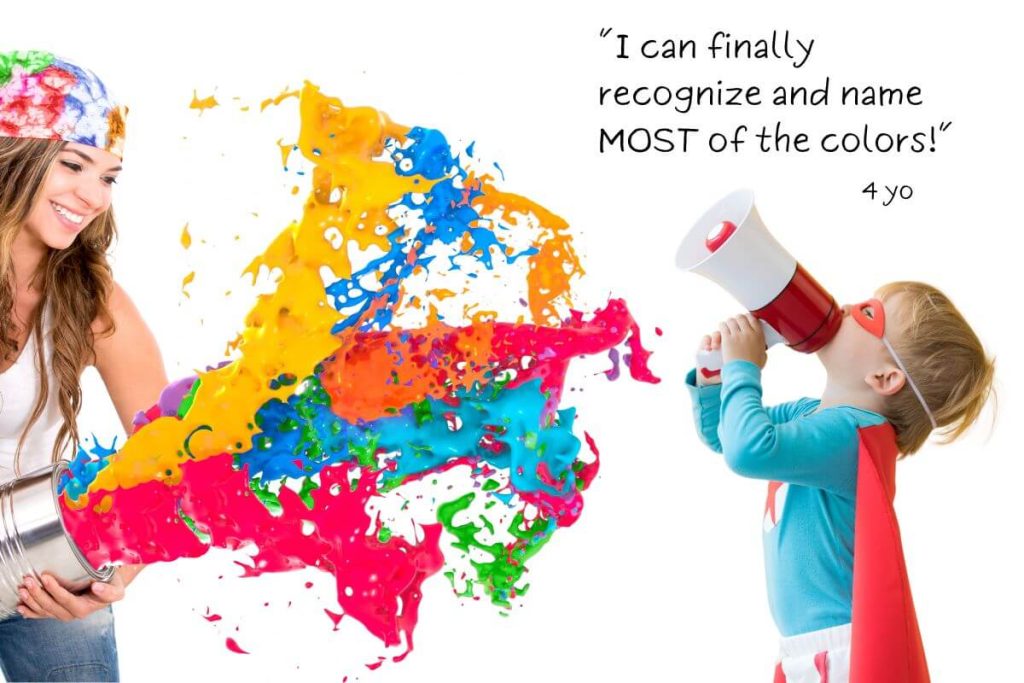
Research has found that even after hours of repeated training on color words, children’s performance typically fails to noticeably improve.
So, be patient and don’t push your child too hard to learn colors. Encourage them to explore and play with colorful toys and objects, and they will naturally learn the names of colors over time.
RELATED: KIDS CHORES CHART BY AGE
Factors Affecting Toddler Colors Recognition
Gender
There is a study that females can see more shades of colors than males in general. So, in my humble opinion, it is possible that girls can recognize colors sooner.
But that’s just my opinion. There is no study to confirm that.
Language
English color words can prove to be a challenging area of learning, owing to the use of a curveball – prenominal color words.
This means that we prefer to use color words before nouns, such as in the phrase “the red balloon”, as opposed to using the postnominal construction, “the balloon is red.”
Developmental Disorders
Children with developmental disorders may have difficulty with color recognition.
For example, kids with autism spectrum disorder may struggle with recognizing colors due to difficulties with visual processing. If you suspect that your child may have a developmental disorder, it is important to speak with a healthcare professional for an evaluation.
Color Blindness
Color blindness can affect a child’s ability to recognize and name colors. You could suspect color blindness if your child is over-sensitive to light and has excellent night vision. If you have concerns about your child’s color vision, talk to their pediatrician.
Here is one site with color-blind tests for kids. Remember: It is not suitable for clinical diagnosis!
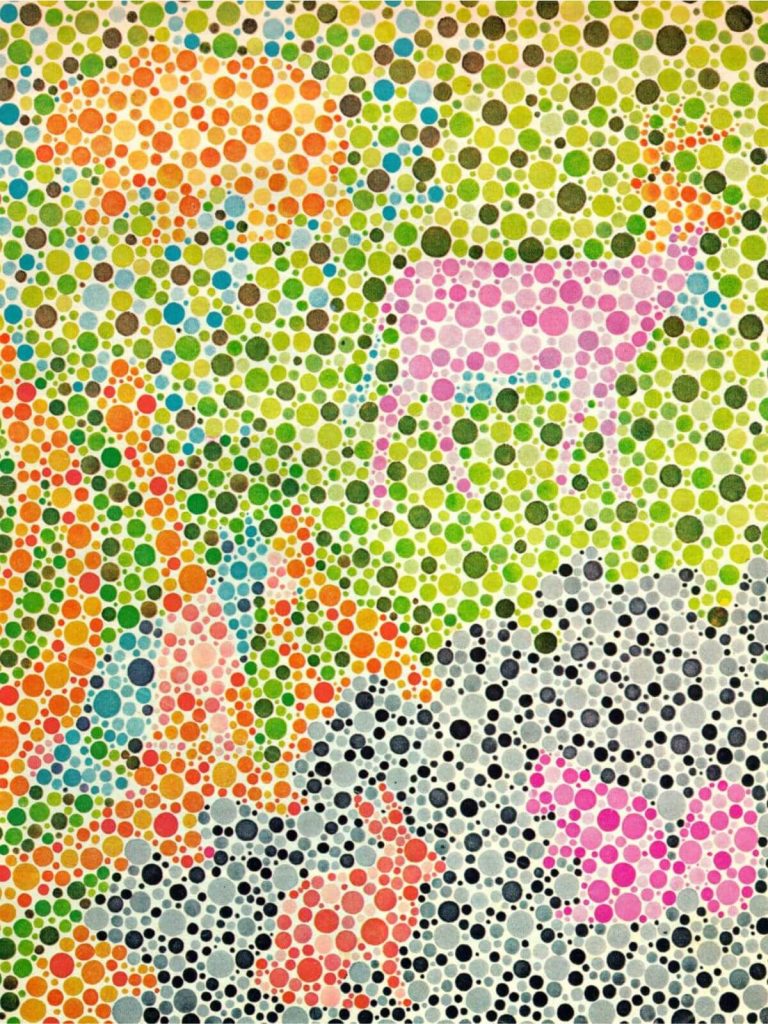
Teaching Colors
We loved color recognition activities when my kids were small. My firstborn loved books especially. That’s probably why she learned colors sooner than her little sister.
Methods and activities
- One of the ways to help is through repetition. As a child begins to recognize colors, it’s essential to reinforce their knowledge by repeating the color names often.
- Associating colors with familiar objects or items can help children remember them better. For example, a ‘red apple’ or a ‘yellow banana’ can help a child remember the color red or yellow.
- Playtime Learning – Using toys or games that involve colors can make learning colors fun and engaging for kids. Use books, coloring pages, building blocks, colored sensory bins, apps, and many other similar activities.
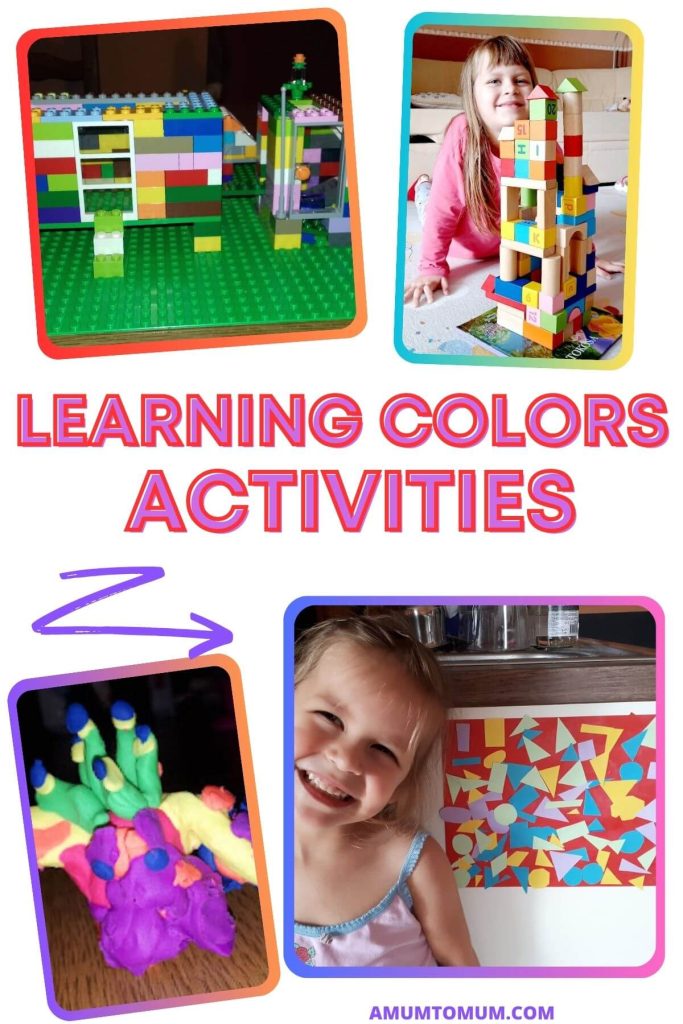
Learning Color Tips
- Be patient and consistent.
- Use positive reinforcement, such as praise or rewards, when a child correctly identifies a color.
- Make the color learning process a part of everyday life. Pointing out colors in their surroundings, or through daily activities, such as during a walk or while shopping, can help reinforce color recognition skills.
In conclusion, there are many effective methods, activities, and tips for teaching colors to kids. By using repetition, play, and everyday activities, you can make learning colors fun and engaging for your children.
Hope I answered all of your questions on when do kids learn colors. Don’t stress over it to much, as we moms tend to, LOL.
